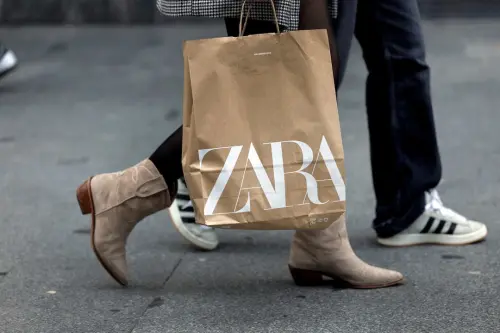In 2024, Zara owner Inditex saw a 10% increase in emissions from transport, attributed to heightened air freight use for shipping clothes from Asian production centers to its logistics hub in Spain and stores. This rise reflects the impact of escalating air freight due to disruptions in shipping routes through the Red Sea, diverting vessels to longer routes around Africa. Inditex reported a 10% rise in emissions from upstream transportation and distribution in its 2024 financial year, totaling 2,614,230 tonnes of CO2eq.
The company did not specify the reason for the increase but highlighted that sea and road transport were still the predominant shipping methods for their garments. Inditex noted a slower growth in transport emissions compared to sales, yet a doubling of the emission rate compared to other areas. Inditex disclosed efforts to mitigate transport emissions through strategies like alternative fuels and optimizing transportation routes and container capacities.
Despite a 5.1% increase in overall raw material usage in 2024, Inditex managed to keep its total greenhouse gas emissions stable by reducing emissions related to product sourcing. Notably, emissions from purchased goods and services decreased by 6%, commended to the sourcing of textiles with lower environmental impacts. Notwithstanding this progress, Inditex has not made headway in reducing indirect emissions, inclusive of purchased goods and services.
Inditex has set ambitious emission reduction targets for its supply chain categorized under "scope 3" emissions, aiming to cut them by 51% by 2030 and 90% by 2040 compared to 2018 levels. In 2024, scope 3 emissions slightly surpassed 2018 levels, totaling 13,427,762 tonnes of CO2eq. The company's published goals mandate a considerable reduction to 4,916,311 tonnes by 2030 and 1,003,329 tonnes by 2040 to align with the Science Based Targets Initiative's standards.
